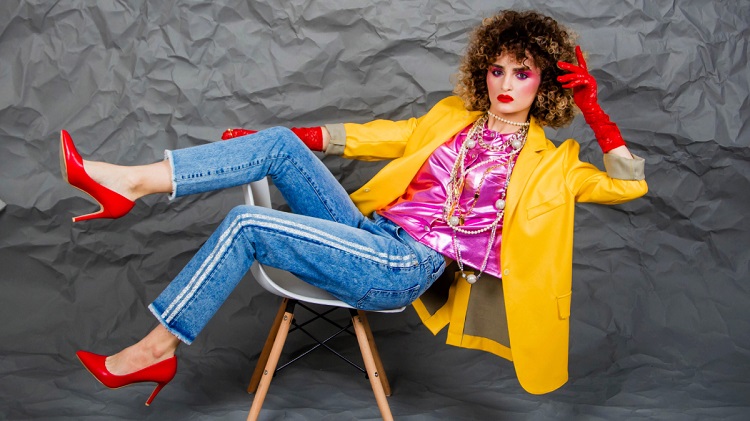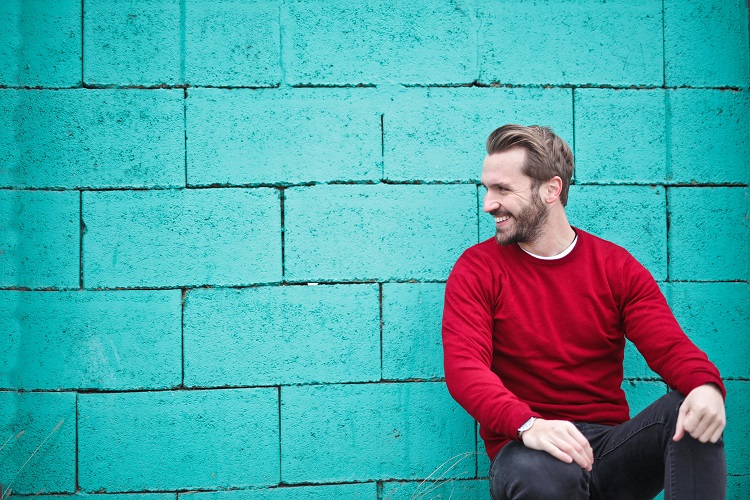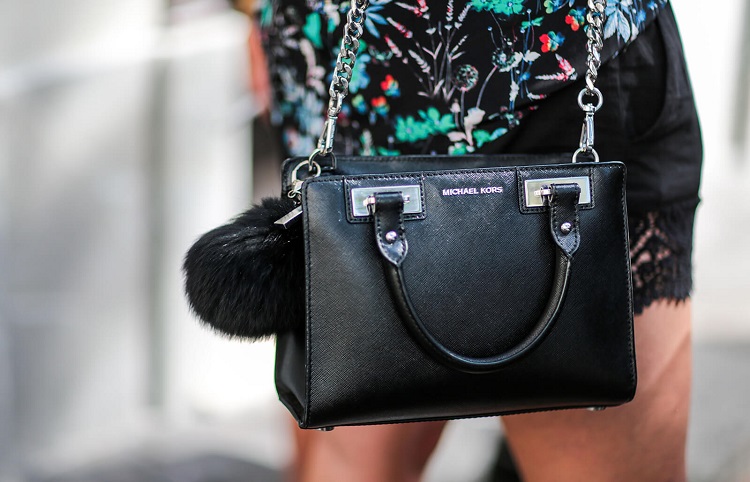Navratri, meaning “nine nights,” is a vibrant Hindu festival celebrated with great enthusiasm and devotion across India and by Hindu communities worldwide. This auspicious occasion commemorates the victory of good over evil and honors the divine feminine energy in the form of Goddess Durga. As part of the festivities, Navratri images play a significant role in capturing the essence of this joyous event. In this article, we delve into the world of Navratri images, exploring their symbolism, significance, and the various forms they take during this auspicious period.
The Symbolism of Navratri Images
Navratri images are not mere photographs or illustrations; they are powerful symbols that encapsulate the essence of the festival. Each image represents a specific aspect of the divine feminine energy and serves as a visual reminder of the virtues associated with each form of Goddess Durga. From the fierce and warrior-like form of Goddess Kali to the serene and compassionate form of Goddess Lakshmi, these images evoke a range of emotions and inspire devotees to connect with the divine.
The images often depict Goddess Durga adorned in resplendent attire, wielding various weapons, and riding her majestic lion or tiger. These elements symbolize her strength, courage, and fearlessness in battling evil forces. Additionally, the vibrant colors used in Navratri images reflect the festive spirit and create an atmosphere of joy and celebration.
Traditional Navratri Images
Traditional Navratri images are usually hand-painted or printed on paper or cloth. These images are intricately detailed, showcasing the artistic skills of craftsmen who have honed their craft over generations. The use of natural dyes and pigments adds to their authenticity and charm.
During Navratri, these traditional images are prominently displayed in homes, temples, and community spaces. They serve as a focal point for prayers, rituals, and cultural performances. Devotees gather around these images to offer their reverence and seek blessings from the divine.
Contemporary Navratri Images
With the advent of technology, contemporary Navratri images have taken on new forms. Digital illustrations, graphic designs, and computer-generated images have become popular choices for capturing the essence of Navratri. These images often incorporate modern elements while staying true to the traditional symbolism.
Social media platforms and messaging apps have also contributed to the popularity of Navratri images. During the festival, people share these images with their friends and family, spreading the festive spirit and invoking a sense of unity and togetherness.
Navratri Images in Cultural Celebrations
Navratri is not just a religious festival but also a celebration of culture and heritage. Various regions in India have their unique way of celebrating Navratri, and the images used in these celebrations reflect this diversity.
In Gujarat, for example, the traditional dance form called Garba is an integral part of Navratri festivities. The images used in Garba depict scenes from mythology and folklore, showcasing the rich cultural heritage of the state. Similarly, in West Bengal, during Durga Puja, elaborate and artistic images of Goddess Durga are created for temporary installations known as pandals. These images are often grand and awe-inspiring, attracting thousands of devotees and tourists alike.
Conclusion:
Navratri images are not just visual representations; they are an integral part of the Navratri experience. They serve as a medium through which devotees connect with the divine and celebrate the triumph of good over evil. Whether in traditional or contemporary forms, these images evoke a sense of awe, reverence, and joy. As we immerse ourselves in the festivities of Navratri, let us appreciate the beauty and significance of these images, which encapsulate the divine energy and inspire us to embrace the virtues they represent.









